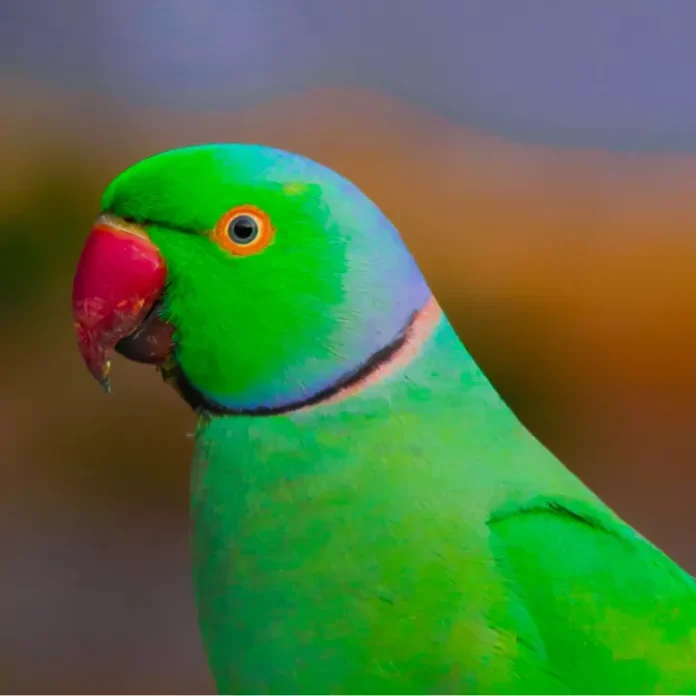There is a new technology on the horizon that claims to have the potential to solve two of the biggest global issues: world hunger and freshwater supply. These two problems are, of course, inextricably tied together, as 70% of the world’s freshwater withdrawals are used for agriculture. Professor Haolan Xu and Dr. Gary Owens have developed a design for a “floating sea farm” which would address this problem by producing agriculture without the use of freshwater. In short, the farms sit on top of the ocean, collecting and evaporating seawater that is then used to water crops. The entire system is powered by solar energy, and can potentially be self-sustaining, requiring little to no intervention during crop growth.
The ability to grow crops over the ocean unlocks a vast potential of usable agricultural space, as oceans make up 70% of the Earth. Moving agriculture overseas could immensely relieve the pressure we are putting our land under and allow us to designate agricultural areas to other purposes. Additionally, these stable systems would reduce farming labor, and drastically reduce global freshwater usage.
So how exactly do these floating sea farms work? The current model of the double-layered vertical solar sea farm (or DVSSF) is divided into three subsystems: the bottommost solar evaporation chamber, a water condensation and transfer system, and a greenhouse-like plant cultivation chamber on top of the structure. The solar evaporation chamber consists of photothermal evaporators which convert sunlight into heat energy, powering the evaporation of sea water. These devices are partially submerged under the surface of the sea and are supported by floating polystyrene foam. Condensed water vapor is then absorbed by vertically-oriented strips of bamboo paper and transported upwards to the upper soil chamber, where plant irrigation will occur.
Floating sea farms sound like a utopian dream, but how feasible are all of these promises? Floating sea farms are still in their early stages, and it will likely be years until we see this technology implemented on a large scale. In May 2022, large, open-air experiments were conducted using lettuce, broccoli, and Pak Choi. The growth of all of these plants was successful, demonstrating a real potential of the technology, but also highlighting areas in need of improvement. For instance, these experiments revealed that a surplus of clean water was being produced, and efforts are now being made to design a system that will store this water and use it for other applications. Additionally, the current prototype has only been tested with these three common crops, and much more testing would need to be done to integrate the diversity of agriculture that would be necessary to truly make an impact on global food production. As of right now, the DVSSF has a strong proof of concept, but is still in the experimentation stages. As more work is done improving the prototype and scaling up the project over the next few years, it is certainly possible that this technology could lead to a complete shift in agricultural production as we know it.
References:
Pan, W., Wu, X., Yu, H., Zhao, J., Wang, Y., Pi, K., Owens, G., & Xu, H. (2023). An interfacial solar evaporation enabled autonomous double-layered vertical floating solar sea farm. Chemical Engineering Journal, 473, 145452–145452. https://doi.org/10.1016/j.cej.2023.145452
The AIM Network. (2023, September 11). Floating sea farms: An ingenious solution to feed the world and ensure freshwater by 2050. https://theaimn.com/floating-sea-farms-an-ingenious-solution-to-feed-the-world-and-ensure-freshwater-by-2050/



